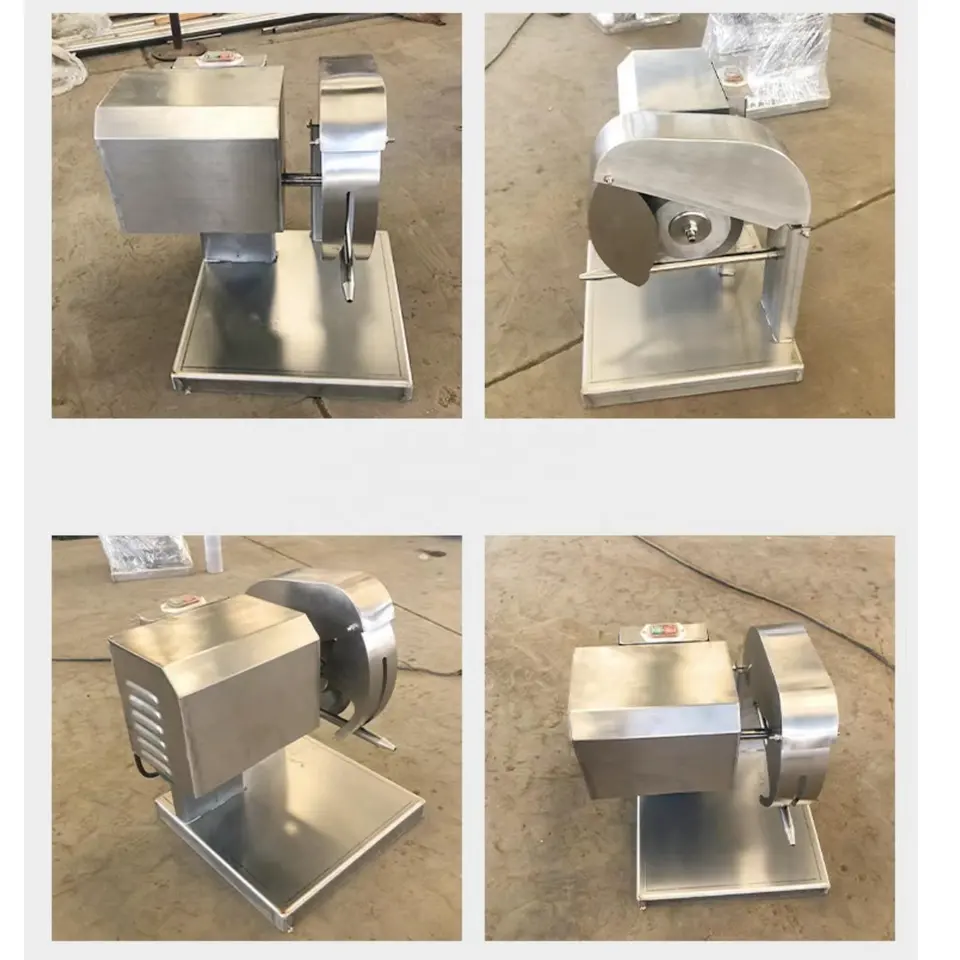Sausage Vacuum Sealing Equipment for Freshness and Convenience in Food Packaging
Nov . 07, 2024 10:04 Back to list
Sausage Vacuum Sealing Equipment for Freshness and Convenience in Food Packaging
Understanding Sausage Vacuum Packaging Machines An Essential Tool for Quality Preservation
In the world of food processing, ensuring the quality and longevity of products is paramount. For meat products, particularly sausages, vacuum packaging machines have emerged as crucial equipment in protecting flavor, texture, and nutritional value. The vacuum packaging process involves removing air from the packaging before sealing it, which significantly extends the shelf life of perishable items. This article delves into the importance, functionality, and benefits of sausage vacuum packaging machines.
The Importance of Vacuum Packaging for Sausages
Sausages are vulnerable to spoilage due to their moisture content and fat composition. Traditional packaging methods often leave air pockets that can lead to oxidation, spoilage, and the growth of bacteria. Vacuum packaging, on the other hand, removes the air that contributes to these challenges, creating a sealed environment that inhibits the growth of microorganisms while preserving the product’s freshness.
By using vacuum packaging machines, manufacturers and retailers can ensure that their sausages maintain their quality from the processing plant to the consumer's table. This process not only extends shelf life but also improves convenience for the end user. Vacuum-packed sausages are less susceptible to freezer burn and can be stored longer without significant loss of flavor or texture.
How Sausage Vacuum Packaging Machines Work
The mechanics behind sausage vacuum packaging machines are quite straightforward yet effective. These machines typically work in a two-step process first, they remove the air from the packaging, and second, they seal it tightly. Most machines are designed to accommodate various sizes and types of sausage products, making them versatile for different production needs.
1. Air Removal The vacuum pump within the machine evacuates air from the vacuum bag or chamber. It operates by creating a low-pressure environment, thus allowing the surrounding atmospheric pressure to crush the package around the product. This step is crucial, as removing the oxygen from the environment greatly decreases the likelihood of spoilage.
2. Sealing Once the air is removed, the machine seals the packaging tightly, using heat or adhesive to ensure that no air can seep back into the bag. This airtight seal is essential for maintaining freshness and preventing contamination.
sausage vacuum packaging machine

Benefits of Using Vacuum Packaging Machines
The advantages of using sausage vacuum packaging machines extend beyond simply preserving freshness. Here are several key benefits
- Extended Shelf Life Vacuum packaging can prolong the shelf life of sausages considerably. While typical packaging may keep products fresh for a few days, vacuum-sealed sausages can last for weeks or even months, depending on storage conditions.
- Enhanced Flavor Retention By minimizing air exposure, vacuum packaging helps retain the natural flavors of the sausages. This process results in a more flavorful product for consumers.
- Space Efficiency Vacuum-packed products take up less space in storage and transportation. The reduced volume can lead to cost savings in logistics, making it easier to manage inventory.
- Reduced Food Waste With longer shelf lives and less spoilage, businesses can reduce food waste, benefiting both the environment and their bottom line.
- Marketing Advantages Vacuum packaging often presents an attractive appearance on store shelves, appealing to consumers looking for fresh, high-quality products.
Conclusion
Sausage vacuum packaging machines play a transformative role in the meat processing industry. They not only ensure that products remain fresh and flavorful but also provide significant operational benefits that can enhance profitability. As consumer demand for high-quality, convenient food options continues to rise, investing in vacuum packaging technology becomes an indispensable strategy for any business involved in sausage production and distribution. Ultimately, these machines embody the intersection of innovation and quality preservation, serving the needs of both suppliers and consumers alike.
-
Hot Sale 24 & 18 Door Rabbit Cages - Premium Breeding Solutions
NewsJul.25,2025
-
Automatic Feeding Line System Pan Feeder Nipple Drinker - Anping County Yize Metal Products Co., Ltd.
NewsJul.21,2025
-
Automatic Feeding Line System Pan Feeder Nipple Drinker - Anping County Yize Metal Products Co., Ltd.
NewsJul.21,2025
-
Automatic Feeding Line System - Anping Yize | Precision & Nipple
NewsJul.21,2025
-
Automatic Feeding Line System - Anping Yize | Precision & Nipple
NewsJul.21,2025
-
Automatic Feeding Line System-Anping County Yize Metal Products Co., Ltd.|Efficient Feed Distribution&Customized Animal Farming Solutions
NewsJul.21,2025






